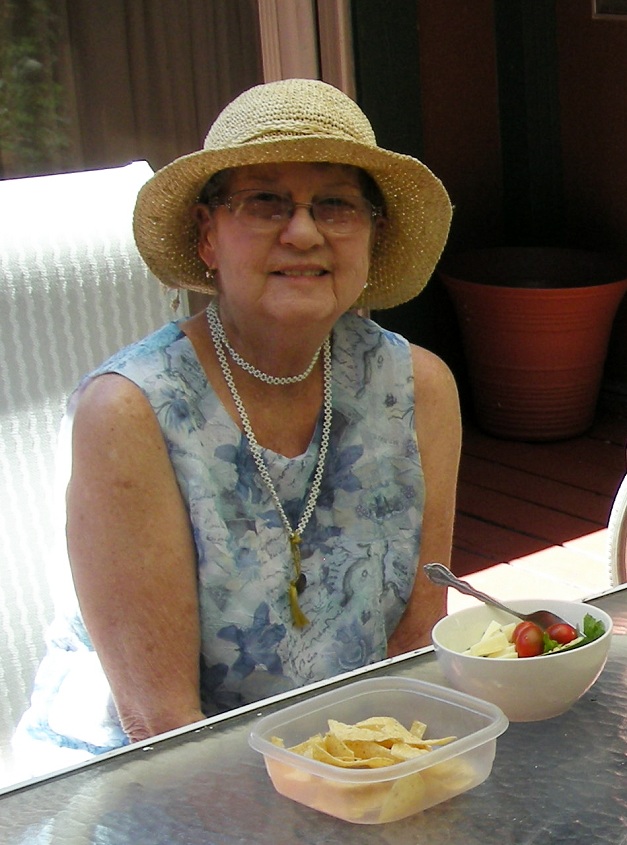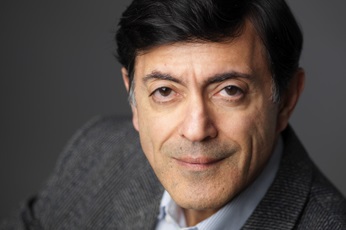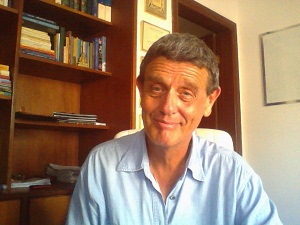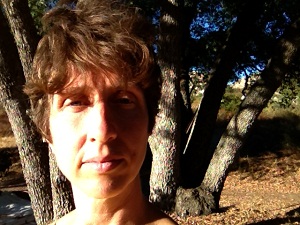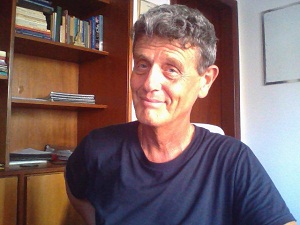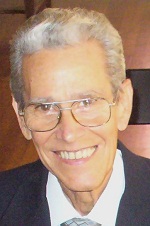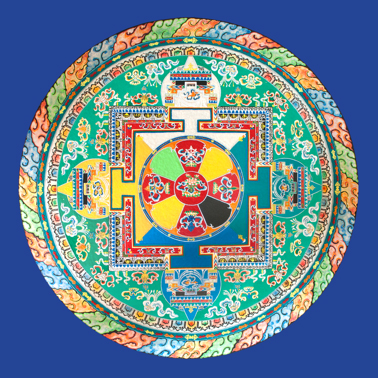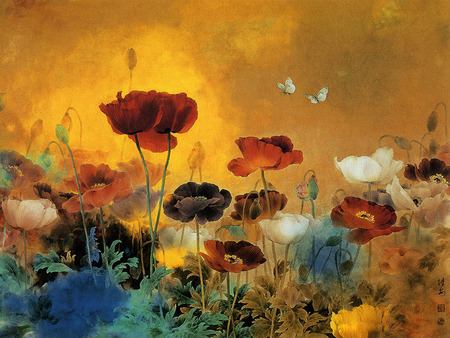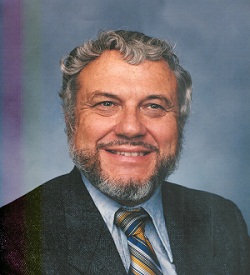Opinions and ideas expressed in the mini-interviews are exclusively of those who are being interviewed. They don’t necessarily represent the ideas and opinions of the compilers of Theosophy Forward.
The responses of the interviewees are not edited for content. Some contributors give short answers to the questions while others touch upon the subject more elaborately.

Phyllis Ryan
1. What’s your name, where are you from and how long have you been a member of the TS?
My name is Phyllis Ryan. I am from California and currently live in San Diego. I am a member of both the United Lodge of Theosophists and The National Theosophical Society and have been affiliated with a Theosophy group for many years.
2. Are you active in your Lodge/Section and if so, what do you do?
I am an active volunteer with The San Theosophists, affiliated with the United Lodge of Theosophists or ULT. We provide a Theosophical library and book store, which is open six days a week. We also hold weekly Theosophical meetings. From 1994 until 2006 I worked in various capacities on Theosophy, a periodical journal published by Theosophy Company, Los Angeles.
3. How did you first learn about Theosophy or come in contact with the Society?
My first contact with Theosophy was in 1983. At the time, I would light heartedly tell friends I was looking for Emerson with metaphysics. The director of my son’s school suggested I might enjoy a local study group she had heard of held at an individual’s home. She was not sure exactly what it was, however. I soon found myself in Wylda Dade’s living room. Wylda was a long-time member of ULT and held Theosophical meetings in her home. After one meeting I was hooked! I had discovered Emerson’s Oversoul along with its metaphysical basis. This was in Bellevue Washington in the Seattle area, where I studied until returning to my native California in 1991. During that time, I was an avid visitor of the wonderful Quest Book Shop in Seattle, often spending an entire day perusing its shelves.
4. What does Theosophy mean to you?
Theosophy completely resonates with my inner self and provides a window for viewing my life and the world around me. Its philosophical basis allows me to see ideas, people, and cultures via an avenue of synthesis. Theosophy presents the “age-old” method of correspondence and analogy, leading to synthesis and hence Unity. For me it is akin to an Ariadne Thread, through which we weave our individual life tapestries.
5. What is your favourite Theosophical book and why?
Undoubtedly, my favourite Theosophical book is Blavatsky’s Secret Doctrine. The Secret Doctrine provides a metaphysical basis for understanding the cosmos and its relationship to humanity, the Microcosm. In this way, we discover ourselves to all be “Children of the Stars”. I must also include Mabel Collin’s Light on the Path, as it has offered me invaluable understanding on the transformation of human nature.
6. What in your opinion is the biggest challenge the TS Adyar (as an organization) is facing at the moment?
The biggest challenge for all Theosophical groups, I think, within the Movement is to make relevant the timeless ancient doctrines in the contemporary world. Developing “language” (not exclusively Theosophical), which assists us in illustrating Theosophical concepts as they manifest in today’s world. Ways that show how humanity has the inherent ability to evolve throughout the cycles. Understanding the world from a larger perspective is critical to overcoming the destructive emotions of fear, anger and hatred among our diverse cultures. Theosophy is an “idea language” and requires skilful application. As Theosophical students, learning to do this seems to me a priority for our times. When we truly develop this skill, we become able to hear “the other” in their language be it verbal or not. It is then we can respond compassionately having listened with the heart.
7. Is there anything you would wish for the future of the Theosophical Movement?
An increase, in very real ways, to see human solidarity surpassing human selfishness.

